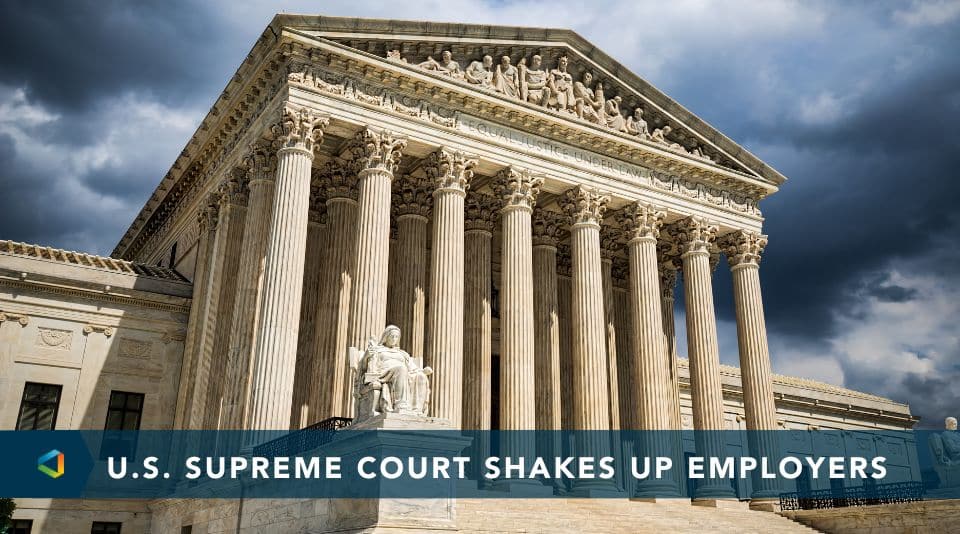Better Benefits, No Headaches
Sexual Harassment Prevention Training
Sexual Harassment Prevention Training
Regardless of an organization's size and location, all employers must include employee training as part of their culture and strategy for preventing sexual harassment.
More and more states are passing legislation with specific training requirements; lawsuits resulting from sexual harassment negatively impact the whole organization and are costly, and providing a safe, welcoming, and productive work environment has never been more critical. The Bloomberg Labor Report found that the ten highest settlements in 2022 in employment discrimination lawsuits, nine of which were for sex biased lawsuits and one religious’ discrimination, cost employers $597 million alone.
A growing number of states have implemented requirements regarding employer policy and training regarding sexual harassment prevention. Several additional states without specific requirements, strongly encourage and recommend sexual harassment prevention training as best practice for all employers. Furthermore, the EEOC states in its Promising Practices for Preventing Harassment Guide, that
“Regular, interactive training tailored to the audience and the organization” is one of five core principles generally proven effective in preventing and addressing harassment.
Whether or not your organization is required to provide sexual harassment prevention training due to state legislation, all employers should adopt training on this topic as part of their culture and HR best practices. Well executed training as part of an organization’s harassment prevention strategy can go a long way in protecting employees and preventing sexual harassment. In the event harassment does occur, employers who can demonstrate that they have provided adequate training and taken appropriate action to prevent and address harassment may be less vulnerable to legal action.
When evaluating training options, employers should consider:
- Specific requirements of the states in which the organization has employees;
- How best to effectively communicate and train their employee base; and
- Engaging an organization or individual with specific expertise in human resources, employment law, and harassment prevention training.
Employers will also want to follow the EEOC’s guidance on effective harassment training. The EEOC’s Promising Practices for Preventing Harassment guide states harassment training may be most effective when it is:
- Championed by senior leaders;
- Repeated and reinforced regularly;
- Provided to employees at every level and location of the organization;
- Provided in a clear, easy to understand style and format;
- Provided in all languages commonly used by employees;
- Tailored to the specific workplace and workforce;
- Conducted by qualified, live, interactive trainers, or, if live training is not feasible, designed to include active engagement by participants; and
- Routinely evaluated by participants and revised as necessary.
While training is critical to preventing sexual harassment, the company’s culture will be the most significant factor in prevention, starting with leadership. Leaders should model appropriate behavior and create a culture of respect within their team. This can involve setting expectations for professional conduct, intervening when inappropriate behavior occurs, and responding appropriately to reports of harassment. Leaders should strive to create an inclusive, respectful, and supportive work environment. Leaders must ensure that their teams feel valued, respected and can live their best lives and do their best work




